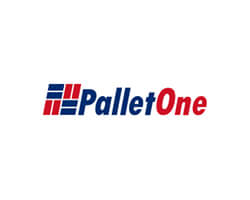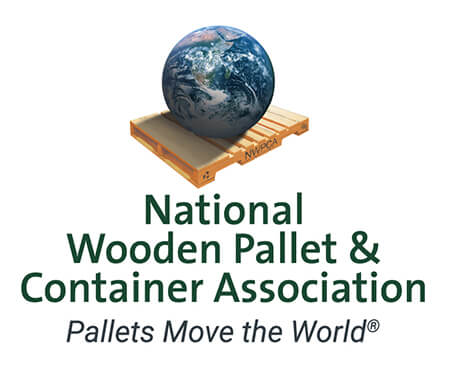In manufacturing and logistics, maximizing efficiency is critical to staying competitive. Companies can make significant gains in cube utilization to optimize for usable space within a shipping container or warehouse. By utilizing as much of the available cube space as possible, businesses can transport or store more products per shipment, reducing costs, increasing productivity, and reducing potential damage, all while improving sustainability. One key tool in achieving high cube utilization is the pallet.
To take a step back, the concept of cube utilization is simple: it refers to the amount of available space within a container or warehouse used to store or transport products. For example, if a shipping container has a total volume of 1000 cubic feet and only 700 cubic feet are filled with products, the cube utilization is 70%. The goal is always to achieve as close to 100% cube utilization as possible.
What are the benefits of better cube utilization?
Better cube utilization means more product fits in your existing warehouse or on loaded trucks. Some of the advantages include:
- Do more with less space: With the growth of e-commerce, warehouses have become increasingly congested. One way to avoid expanding facilities or building new ones is by better utilizing the space you have. Likewise, attention to optimal pallet size might mean you can get more unit loads onto the trailer or container, providing better cube utilization and lower shipping cost per unit.
- Reduction in product damage: When products are compactly stowed, there is less room for loads to shift in transit, limiting forces that result in damage to goods.
- Increased sustainability: Better cube utilization can translate into fewer warehouses and fewer trucks required to store and move the same amount of freight, resulting in a reduced environmental footprint.
How can pallet selection help improve cube utilization?
There are three basic approaches to optimizing the cube utilization of warehouse unit loads. They include pallet stacking, racking, and automated storage systems. All of them benefit from attention to pallet quality and design.
Stacking: Stacking is the most basic and straightforward approach to cube utilization, but its effectiveness largely depends on product strength and stability. Stacking is a viable choice when shipping robust and heavy products, such as canned food or packaged beverages. Pallet selection should be mindful of the static load rating for the bottom pallets, which must bear the weight of other unit loads stacked above. Deckboard placement is another important consideration. Increased bottom deck board coverage will help distribute the weight of the loads above.
Racking: Pallet racking allows pallets to be stored above ground level, opening additional pallet positions in the warehouse. It is a suitable choice for storing more delicate items that are more difficult to stack. And where there are hundreds or thousands of SKUs, racking can make more sense for providing ready access to all items. From a pallet design perspective, pallets must have the necessary strength to store the loads safely.
Automated Storage and Retrieval Systems (ASRS). Automated systems can provide increased density of unit load storage. In addition to pallet strength, designers must be mindful of pallet stiffness, as many systems are sensitive to pallet deflection or sagging under load. The use of conveyor systems may dictate special considerations for bottom deck configuration.
If you are looking to do more with less regarding cube utilization in your supply chain, don’t forget to review your pallet requirements. The experts at PalletOne are here to help. Contact us today or check out our Pallet Concierge™ service for a streamlined national solution to all of your pallet needs.












